Is Dwarf Neon Rainbowfish the new Neon Tetra?
The Neon Tetra has long been the crown jewel of the aquarium fishkeeping hobby.
Beginners and Veterans alike, swear by this member of the Characidae family. And why shouldn’t they?
Just a mere glance at these beauties makes it all seem like a no-brainer.
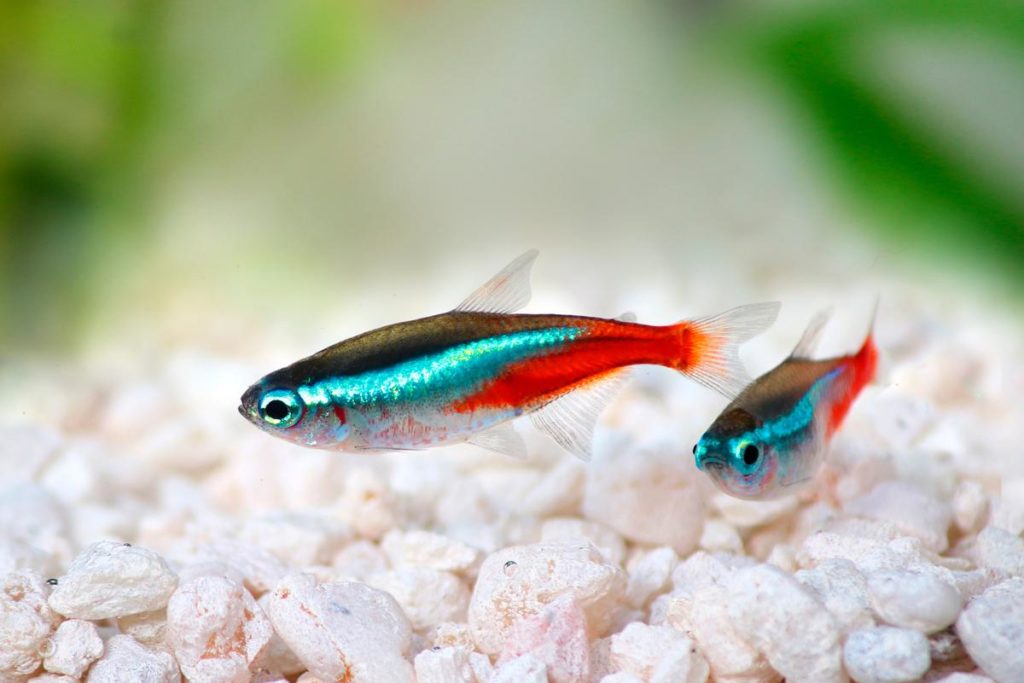
The neon turquoise stripe running across its body looks almost unreal and man-made. Along with the complementary red stripe and iridescent body, The Neon Tetra makes for a very stunning and recognizable choice among the aquarium hobbyists.
But wait there’s more! The Neons aren’t just all beauty but brawn as well.
They are seemingly very hardy and possess a peaceful temperament, which easily makes them one of the best choices for a beginner aquarist.
Unfortunately, It’s not all sunshine and roses. This rise to popularity has been both, a boon and a curse for the Neon tetra.
Years of mass production-like excessive breeding has rendered them not as hardy as they were once known to be. This was the price that had to be paid to make them affordably available to the masses.
Besides, The Neon Tetras are very susceptible to the infamous ‘Neon Tetra disease’. It’s incurable and once contracted by one fish, it can wipe out an entire school.
And for these reasons, We wouldn’t recommend them to a beginner.
Introducing the Alternative
Dwarf Neon Rainbowfish (Melanotaenia praecox) have really grown to become one of my personal favorites and quite reasonably so. I don’t know if its just me, But Neon tetras have started to look a bit overdone and tacky.
Coming to the rescue, the Dwarf neon rainbowfish will hit you like a breath of fresh air.
They’ve got almost all the bells and whistles of a neon tetra that fishkeepers love and adore, minus a few downsides.
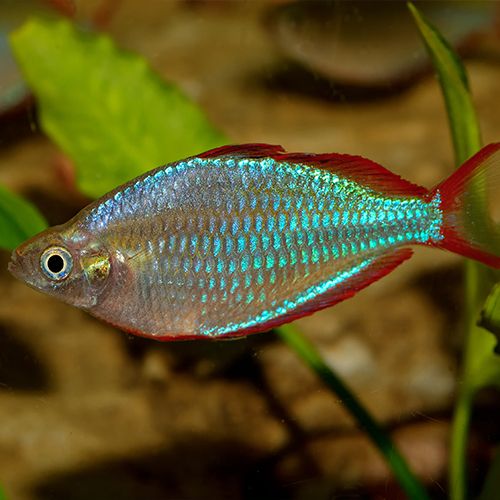
As mentioned above, Dwarf Neons aka Praecox Rainbowfish share quite a lot in common with Neon tetras. They are a peaceful schooling fish but tend to be much hardier than Neon tetras. Which makes them a great addition to community tanks, especially planted ones.
Dwarf Neon Rainbowfish are relatively newer in the hobby with only being introduced in the early 90s. They weren’t as readily available in the pet stores until very recently.
We highly recommend you to give them a try if you haven’t already.
Scroll down to learn more about the Dwarf Neon Rainbowfish.
Species Introduction
The Dwarf Neon Rainbowfish hail from the slow-moving tributaries of the Mamberamo River basin in West Papua in Indonesia. They are endemic to this lush rain-forest region.
As the name suggests, Dwarf neons are one the smaller Rainbowfish, maxing out at only about 3 inches in most cases.
Sexing Dwarf Neon Rainbowfish is quite easy as they are sexually dimorphic.
The males have red fins while the females have yellow ones.
Other than that they sport a pinkish-silvery body which gets a gorgeous neon-turquoise shimmer when the light hits it at the right angle.
Care
Dwarf Neon Rainbowfish are a schooling species and are best kept in groups of 6 or more. Try to maintain a sex-ratio of at least 1:1 as the males tend to get a bit aggressive from time to time, especially when they are trying to court a female.
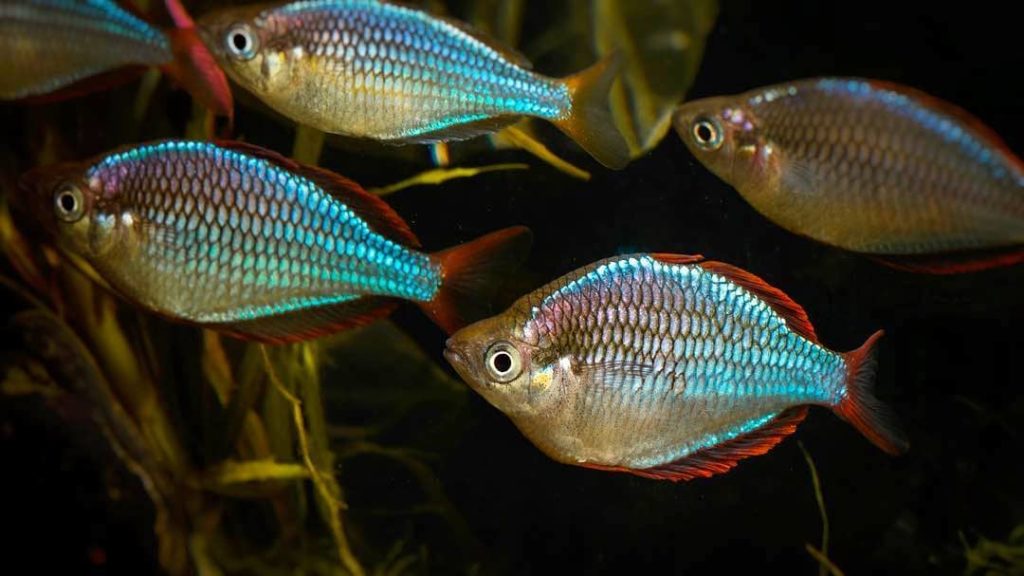
They thrive and show their best colors in well planted aquariums which seem to emulate their natural habitats.
Try to maintain the best possible water quality with routine filter maintenance and partial water changes, as you would do with any other fish.
Dwarf Neons also tend to be opportunistic jumpers. So if you don’t have a hood for your aquarium, try to keep the water level a few inches below the brim.
If all goes well, they can survive as long as 7-8 years in captivity.
Diet
Dwarf Neon Rainbowfish tend to be omnivorous in their natural habitat. They’d snack on anything ranging from Plant matter to insect larvae, algae and small crustaceans.
In captivity, they do accept high-quality pellets, flakes and freeze-dried foods.
You can supplement these with live alternatives such as brine shrimp, tubifex worms, daphnia, bloodworms, etc.
Blanched cabbage, carrot, lettuce make for great veggie options.
Breeding
Dwarf Neon Rainbowfish are egg-scatterers are considered to be one of the easier species to breed.
They can spawn all year round, Although the frequency of laying eggs considerably increases at the start of the local monsoon season.
You can emulate this behavior artificially by doing a couple of water changes with water that’s a few degrees colder than usual.
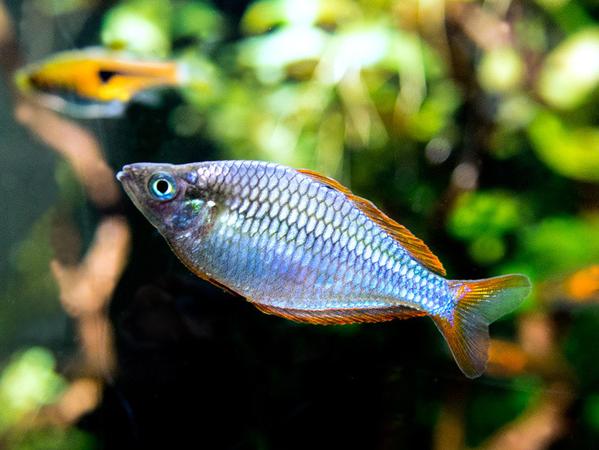
It is recommended to feed the prospective males and females with a steady diet of meaty live foods to induce breeding.
Flat surfaces like plant leaves are required to attach the eggs. Make sure you have decent plant coverage in the tank if breeding is one of your major objectives.
The eggs will take anywhere from 7 to 18 days to hatch. It is preferable to raise these fries in a separate tank. The fries should be fed with infusoria and powdered flake food.

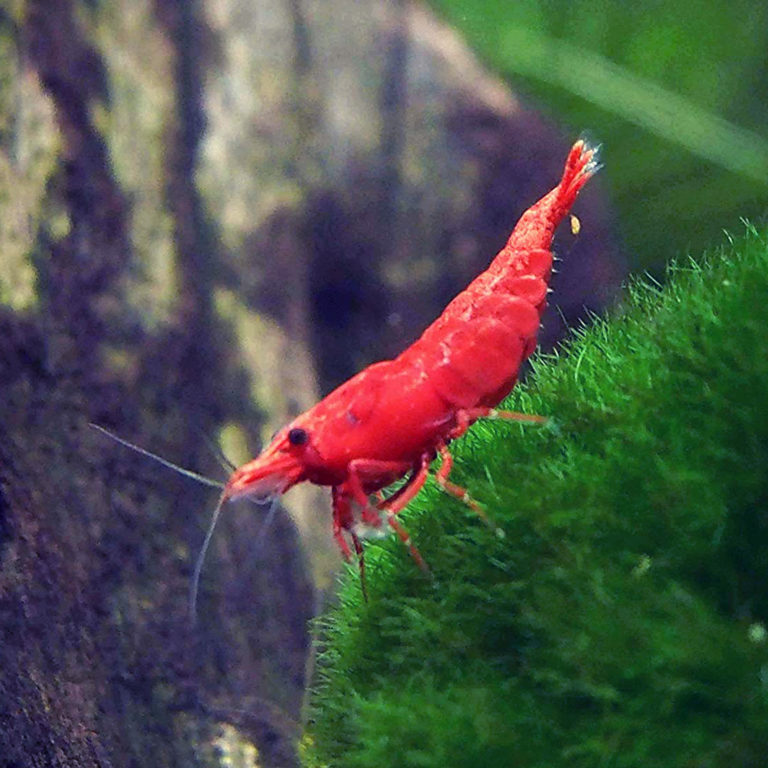

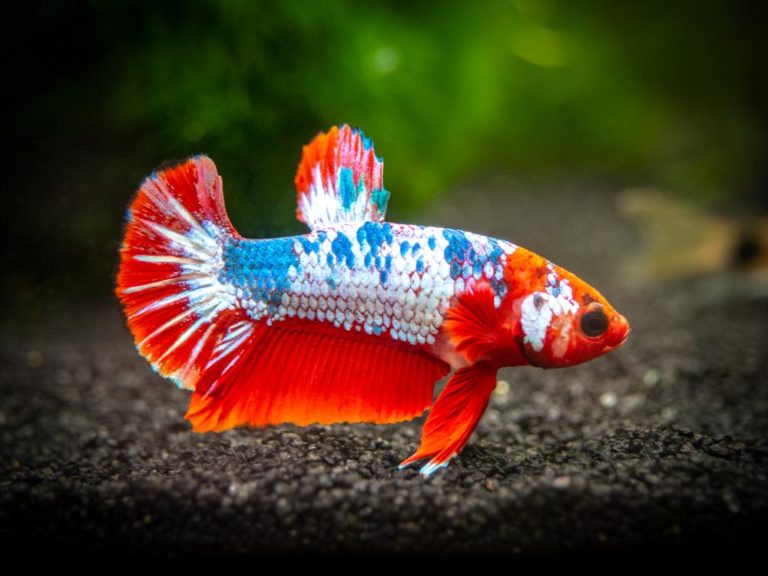
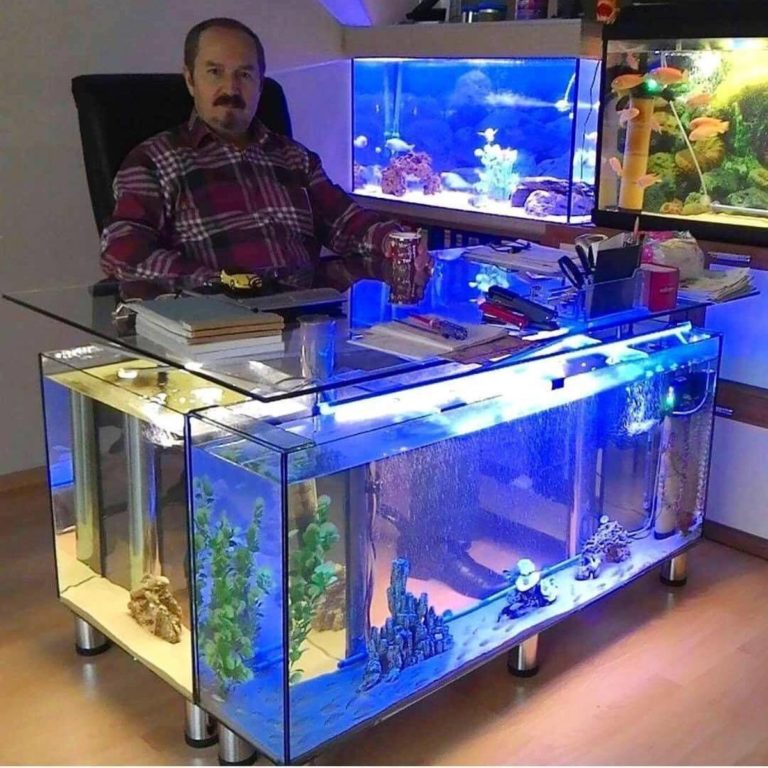

Great article! Thank you for introducing this fish with the specifics. There are many rainbow fish out there and I have a 120g well planted community tank in which my livebearers seem to have most of their fry survive to the point my LFS has a tank set up for my donation quarantine. I was a neon tetra fan since the early 80’s, however, as of 2 years ago that all changed. Never kept less than 20 then all at once I would be down to 4 out of no where in less than a week. After several attempts to replenish the school, rapid death in great water conditions would occur within months. I have 1 left that is a few years old but I refuse to replenish no matter how much I love the look.
That was a long story just to say this article turned me on to the rainbow fish I desired but didn’t know existed. Already spawning and believe it or not, the school with about 16 harlequins. I change light colors often to get the different shades of beauty of the rainbow. Because of this article, I found what I wanted but didn’t know existed. A big Thank You to you for sharing.
John
The pleasure’s all mine John! Never thought I could have that kinda impact on someone who’s been keeping fish since long before I was even born 😀 You certainly made my day.